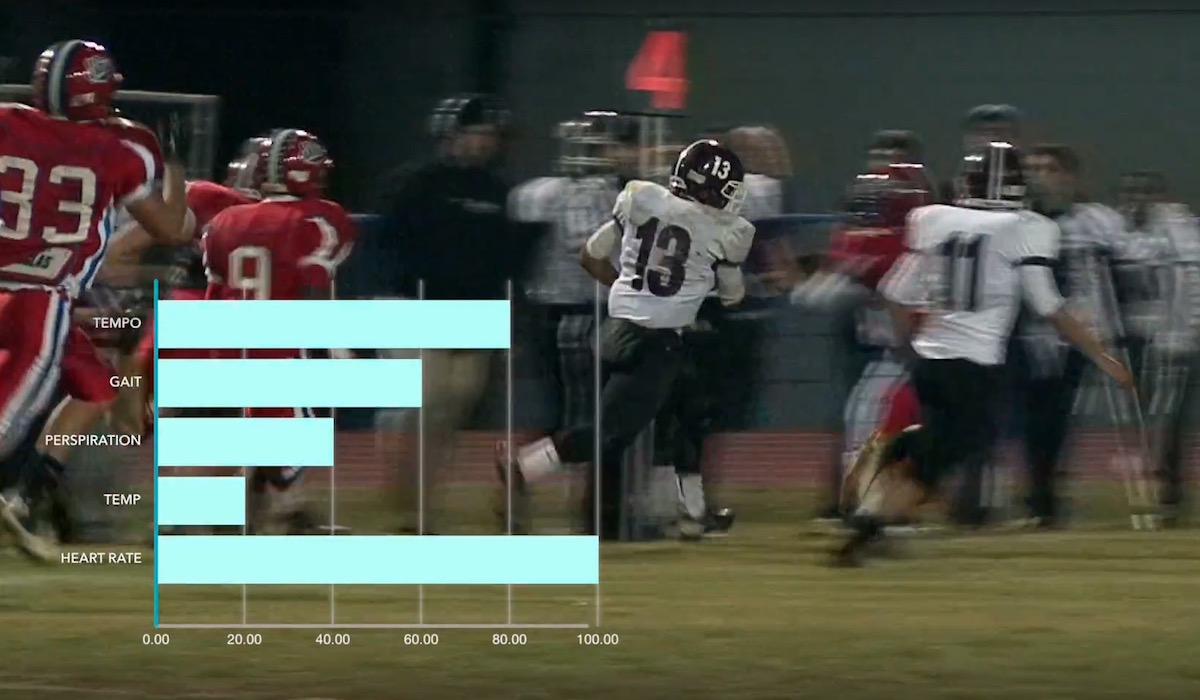How do you apply data science to help athletes and sport teams improve their game?
John Young is living the dream of many a data analyst.
Following a 16-year career at an elite sports coaching level, he transitioned into a role as Chief Analyst and Data Scientist at the Central Coast Mariners Football Club. For two years he assisted in player performance evaluation and analysis across all the teams as well as set player goals and planned their seasons. Young is now a sports data scientist working on a consulting basis with several different sporting teams in Australia and the US, including an NFL team, while he completes his PhD in the use of deep learning in sport.
Central to his role is the ability to quickly process gigabytes of digital data from each game, creatively collect data on the other teams and mine that data for insights for the coaching staff, all based on data and sports science best practice.
The data Young examines is critical, as it can help reduce injuries, improve performance, and extend athletes’ careers.
While his office environment may differ to that of a typical data scientist, his role has similarities. The data load is significant: there is about 180 billion bytes of data per game to analyze including heart rate, skin temperature, perspiration and information about each player’s gait.
Critical to the contribution Young makes is his ability to see things in the data — things that the coach, athlete or other observers would not notice. He spends considerable time understanding what questions to ask of the data and then identifying the data points that will be important, thus removing guesswork, assumptions or hypothesis.
His goal is to deliver data driven insights to the coaching staff that go beyond what can be learned watching game or performance videos and assessing player stats. The insights helps inform player, training, team and match strategies, and shape recruitment planning for the club.
The tools to collect and manage biometric, spatial, location, speed, and game statistics data
“Professional sport is, ultimately, a business, and like any enterprise, decision makers look to their data scientists to ensure that the actions they take on behalf of their business are based on data-driven insights, assessments and conclusions,” says Seagate regional vice president Robert Yang. “For their part, data scientists must deal with very high expectations in terms of the sheer amounts of data they must process, and very quickly, to yield relevant, action-oriented insights.”
Along with the tools for collecting biometric, spatial, location, speed, game statistics and other data, Young constantly utilizes high-capacity data storage and depends on its continually advancing technology.
Yang says the explosion in the application of data science drives his team and Seagate’s larger organization to understand, learn and apply new knowledge from the field every day. “We certainly consider a wide variety of data users as we continue to develop new and more advanced solutions for data storage and access,” he says. “As data scientists proliferate into a wider range of roles than ever before, technology solutions must keep up with data storage, accessibility, security, capacity and scalability requirements to help them tackle the challenge of making vast amounts of data usable and beneficial.”
What skills are important to a sports data scientist
According to Young, it’s not enough to be a great number cruncher if you want to be a Sports Data Scientist. Communication skills and the ability to help educate others in how to interpret and understand the data findings are also vital. Interestingly though, coaching experience is not essential and indeed a lack of experience with a specific sport can be a benefit as it ensures little bias towards the data.
It’s still early days in the world of Sports Data Science, with just two of the 32 NFL teams in the US employing data analytics staff and four of the teams in the local football league. But those who are involved, including John Young, are finding themselves in high demand as they pursue alternative approaches to capturing, collecting and analyzing data that allows them to deliver what is being described as ‘deep learning’ in sport.
Learn more about how data is critical to the success of every business today, visit the IDC Data Age 2025 report.









